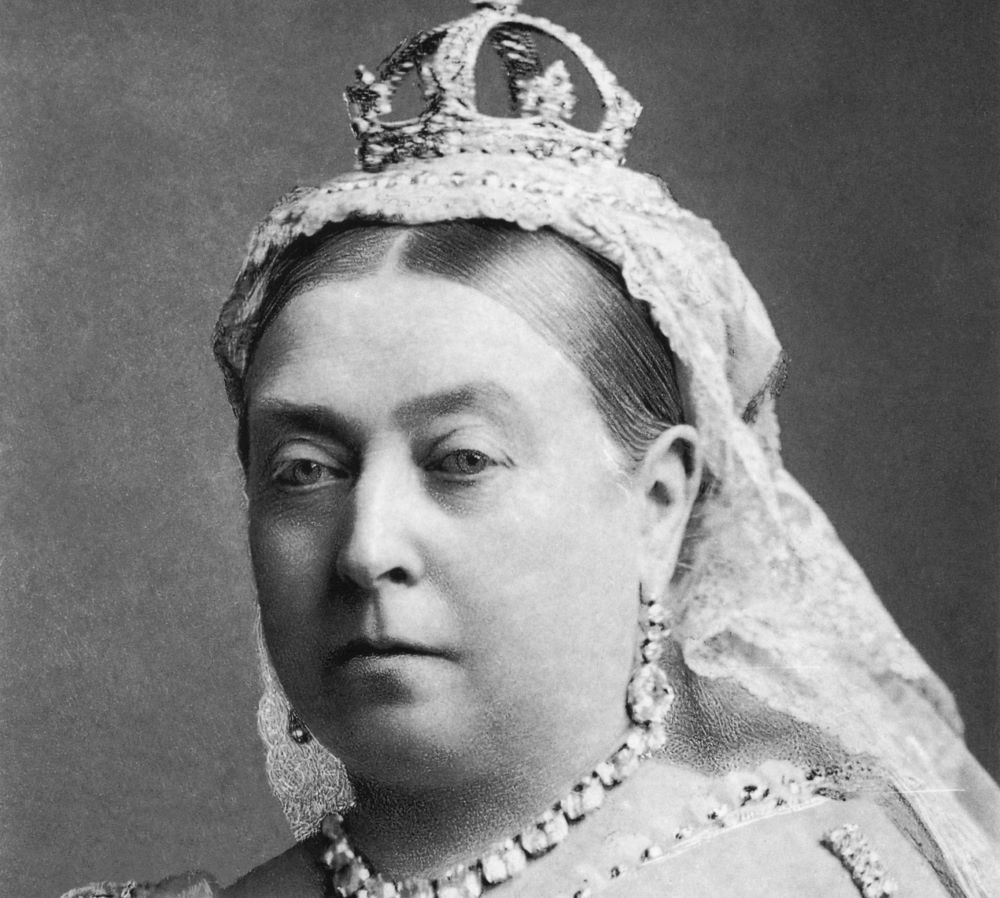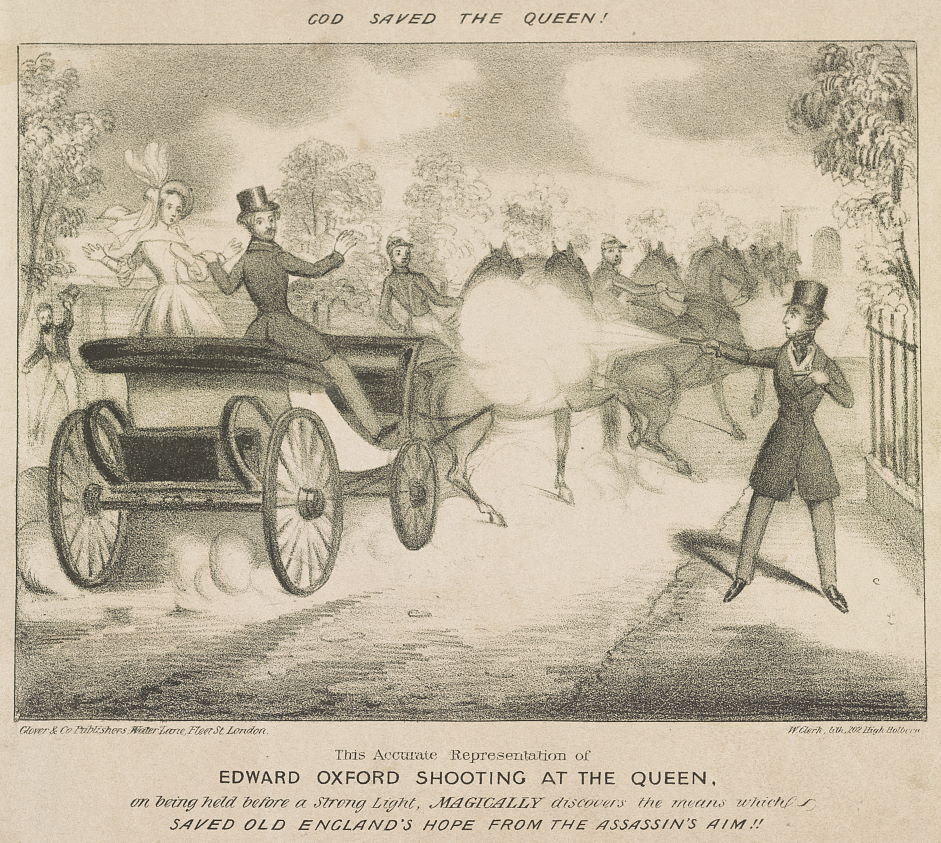The closest Mr. Bean came to killing the Queen was when he headbutted the head of the British Royal family. The Queen was hurt but survived, and Mr. Bean managed to slip away. But a hundred years ago, another Mr. Bean attempted on Queen Victoria’s life and suffered a different fate.
John William Bean was a real person, and unlike the delightful character played by Rowan Atkinson, the Victorian Mr.Bean was repulsive. Tuberculosis had devastated his spine leaving him hunched and dwarfed, no taller than four feet. His arms were atrophied and his hands were as small as those of a young child. He walked with a twisted gait, lurching his whole body in the direction of the conspicuous hump over his right shoulder. His face was marred by scars and his eyes sunk into the abyss of his head.

Bean was born in 1824 in Holborn, Middlesex, the son of John William, a jeweler and metalsmith. John William encouraged his son to join him as an apprentice, but Bean was not able to keep up due to his physical disabilities. Bean sought easier occupations, but his apprenticeships with a cheesemonger and at Her Majesty's Stationery Office also resulted in failures. Bean then began working for a news vendor. The job suited him. The hours were short and his employer even allowed him to read in the afternoon the papers he was selling.
One day, Bean came across a series of news article on Edward Oxford, who had tried to assassinate Queen Victoria. Edward was arrested and sent to the State Criminal Lunatic Asylum in Bethlem, where he stayed for 24 years, occupying himself with drawing, reading and learning to play the violin. He played chess and learned a variety of languages such as French, German, Italian, Greek and Latin. The more Bean read about Oxford and his apparent luxuries, the more he began to detest his own wretched existence. Slowly but surely, Bean began to form a plan.

Image credit: Library of Congress
A few weeks later, Bean sold off his meagre collection of books, including his Bible, and with the money, bought an old and rusty pocket flintlock from a neighbor. For three days he moved around Buckingham Palace, waiting for an opportunity to unload his pistol at the Queen. That opportunity came on 3 July 1842. Bean was on The Mall when Queen Victoria was passing on her way from Buckingham Palace to the Chapel Royal at St James's Palace. Bean elbowed his way to the front of the crowd, drew his gun and fired at the Queen. However the gun misfired as it had been loaded with poor quality powder. The Queen hardly noticed, but Charles Edward Dassett, a shopboy in Bean’s father’s art-supply business, saw him and grabbed his wrist.
Dassett took Bean to two policemen, but neither of them would take custody of Bean because they insisted that there was not enough evidence that a crime had been committed. By the time Dasset managed to convince the cops, Bean had escaped. That afternoon, the London police launched a manhunt. Every hunchback who remotely matched the description of Bean was hauled to the police station for identification. Before long, Bean was caught.
Bean was initially charged with high treason but this was later reduced to a misdemeanour of assaulting the Queen, because the police believed that he was just attention seeking. They thought that if they lessened the charge, the newspapers would pay less attention to the case and that would put paid to any hopes of notoriety he may have had from the public’s fascination with the crime of high treason. Bean claimed that he was tired of life and wished to be deported to Australia. The police gave him the opportunity to bail but he refused.
A trail was held where Bean was found guilty of misdemeanour and sentenced to 18 months of hard labor, the maximum allowed by law. Following the case, the Queen's husband Prince Albert felt that death penalty for treasonable acts which cause no harm were too harsh, and asked the Parliament to make a law to recognize minor treason offences that did not carry the death penalty. That wish was fulfilled with the passage of the Treason Act 1842.
Meanwhile Bean completed his sentence at the Millbank Prison, and when released became a newspaper seller and jeweller. Bean would get married twice and had a son called Samuel in 1849. He committed suicide in 1882 by consuming a large amount of opium. The note he left behind explained that he “was an incumbrance to his wife” and “was only too glad to die”.
References:
# Paul Thomas Murphy, Killing Queen Victoria, Salon
# Mike Wood, How Queen Victoria Survived 8 Assassination Attempts, History Collection
# Wikipedia



Comments
Post a Comment